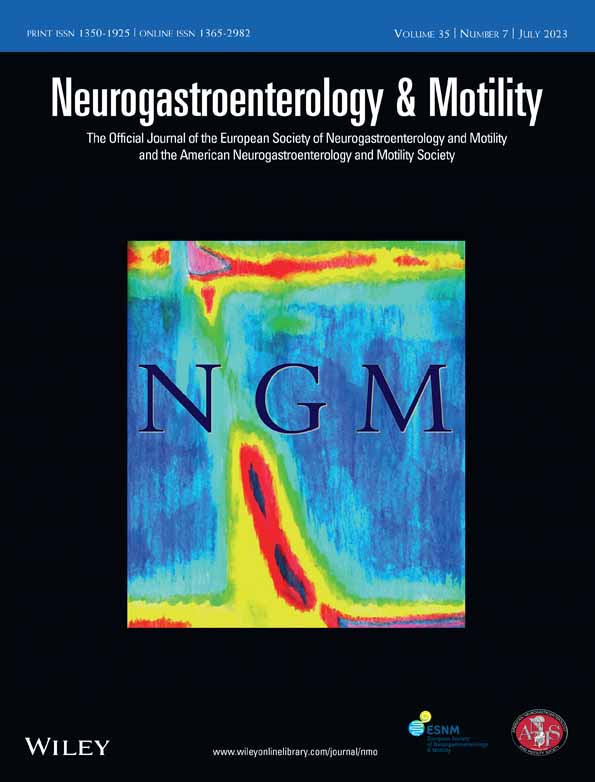Clinical characteristics and long-term outcomes in patients with cyclic vomiting syndrome: A 15-year experience at a tertiary referral center
Omeed Partovi and Milan Patel contributed equally to this work. Thangam Venkatesan accepts full responsibility for the conduct of the study and is the guarantor for this article. This work was done at the Medical College of Wisconsin, but she is now at the Ohio State University in Columbus, Ohio.
Abstract
Background
Cyclic vomiting syndrome (CVS) is a disorder of gut–brain interaction (DGBI) characterized by recurrent episodes of nausea and vomiting. Most children outgrow their CVS symptoms and develop migraine headaches, but there are limited data in adults. We thus sought to determine the natural history of CVS in adults.
Methods
We conducted a retrospective analysis of patients at a specialized tertiary care clinic. Frequency of CVS episodes, emergency department (ED) visits, and hospitalizations were recorded at the index visit and at follow-up.
Key Results
Of 455 CVS patients with complete data, mean age was 33 ± 13 years, 294 (65%) were female, and 392 (86%) were Caucasian. Mean duration of follow-up was 47.4 ± 37.2 months. There was a significant reduction in frequency of CVS episodes/year (18 to 6.8), ED visits (6.1 to 2), and hospitalizations (2.3 to 0.7) (all p-values < 0.001) but only 88 (19%) of patients had complete resolution of episodes at follow-up. On multivariable regression analysis, non-white race [0.33 (0.11–0.98) p = 0.01], comorbidity count [0.77 (0.62–0.95) p = 0.01], cannabis use [0.36 (0.2–0.65) p = 0.0007], and aprepitant use [0.2 (0.08–0.005) p < 0.001] were associated with a reduced odds of complete resolution of CVS episodes. Of note, 19 patients (4%) died.
Conclusions and Inferences
While most adults with CVS improved with specialized care, in contrast to children, only a small subset (~1 in 5) had complete resolution of symptoms. Reasons for the effects of race, cannabis use, and comorbidity burden on outcomes in CVS are unclear and warrant further investigation.




